Skavica Project
The Albanian Elektroenergjitike Koorporata (KESH) is the public producer and supplier of 75% of the electricit...
The Albanian Elektroenergjitike Koorporata (KESH) is the public producer and supplier of 75% of the electricity in Albania. KESH is also the developer of the Skavica Hydropower Project (HEC) which is planned to be built at Black Drin. The purpose of the construction of HEC Skavica is to provide additional electricity supply, as well as improve the management of the Drin waterfall and reduce downstream flooding due to high seasonal rainfall levels. Bechtel, the global engineering and construction company, is collaborating with KESH to carry out a feasibility study of HEC Skavica, which has been under consideration for years, to further proceed with preliminary design (also known as FEED design) and construction the project cost estimate. The existing waterfall built on the Drin River is the largest in the Balkans. The three existing dams are owned and operated by KESH with a combined capacity of 1350M. Skavica, as the upper dam of this waterfall, will be the control dam that will help optimize the waterfall.

The feasibility study will examine:
alternatives for the location of the dam and other elements of the Project;
the type and height of the dam;
transmission line corridor;
access roads and temporary facilities;
geological, geotechnical, hydrological, climate change and flood assessments;
power and energy production studies;
tunnels for the hydraulic scheme.
During the feasibility study, the environmental and social parameters will be evaluated in the context of the study of alternatives which will be carried out in accordance with the international best practices, as well as the laws and regulations in force in Albania. KESH engaged Bechtel, the global engineering and construction company, to undertake preliminary data evaluation, surveys and other analytical studies in order to select the preferred project option. As part of the project option selection process, the environmental and social impact assessment is carried out in accordance with Albanian legislation and international performance standards. With your preferred option selected, work will begin on the preliminary project design, which will be completed with a cost estimate and implementation plan. The project proposal will be submitted for review and approval by the Albanian government during the second half of 2023. The purpose of the current study phase is to evaluate the feasibility of the Project. The study is conducted according to international standards and Bechtel is managing this process for KESH with the support of other international companies such as Mott MacDonald for the engineering part, Golder for the environmental and social impact assessment (ESIA) and WeBuild for the technical part and the construction of the work. Also in this phase the Project is supported by local consulting firms. KESH, Bechtel and other project partners are committed to treating communities and affected populations fairly, and previous community engagements are one of the many opportunities they will be given to provide their views and feedback on the project. Geotechnical studies began around the end of 2021 along with base ground and aerial surveys of the proposed project area. Two potential dam locations are currently under consideration, and a decision on preferred locations is expected to be made in the first quarter of 2023. The example scheme of the project is shown in the table below. Filling of the tank is not expected until a later stage of the construction works.

*The design, pre-construction phase, construction up to tank filling are presented for reference purposes and are subject to the provisions of Law 38/2021.
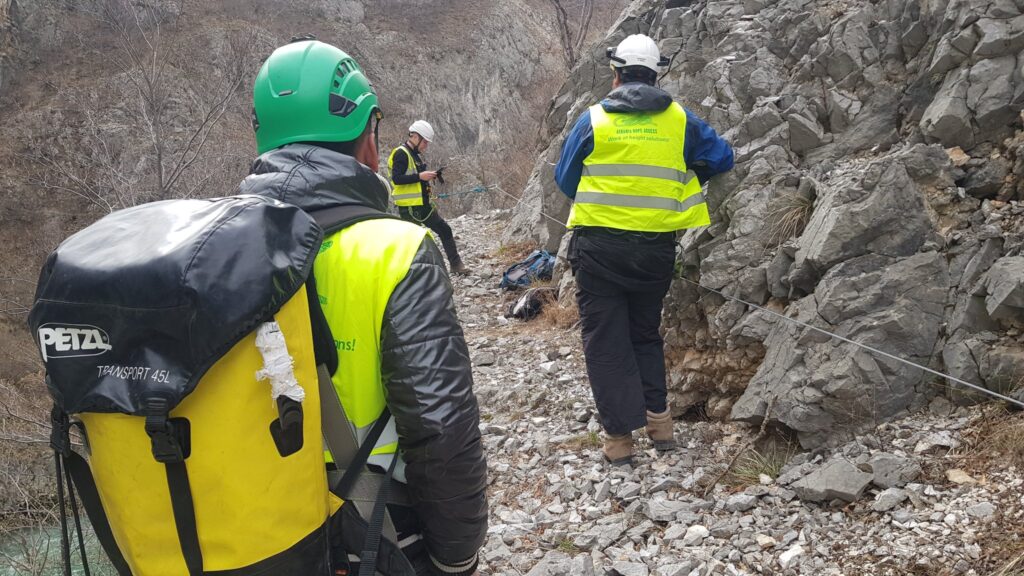
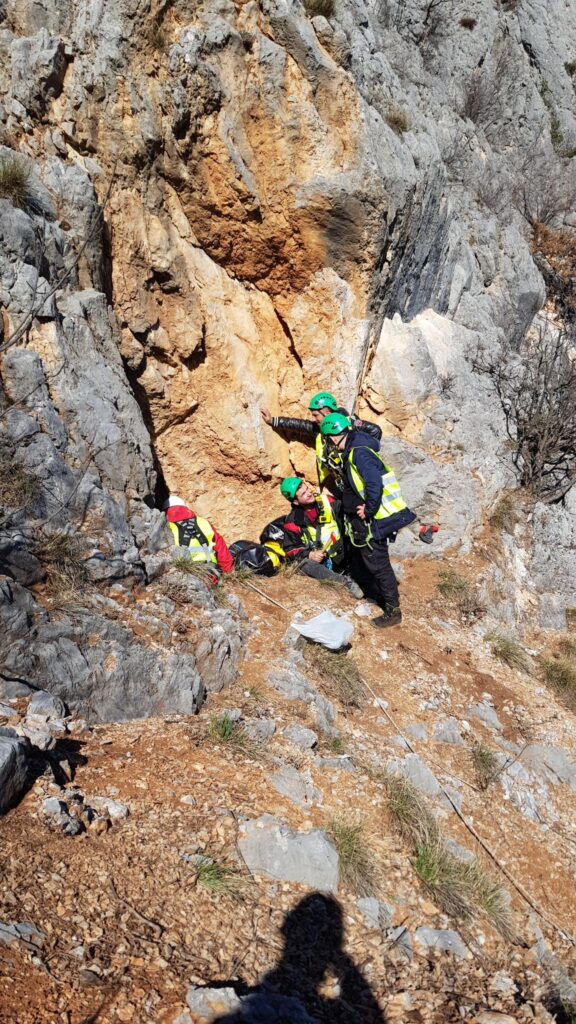
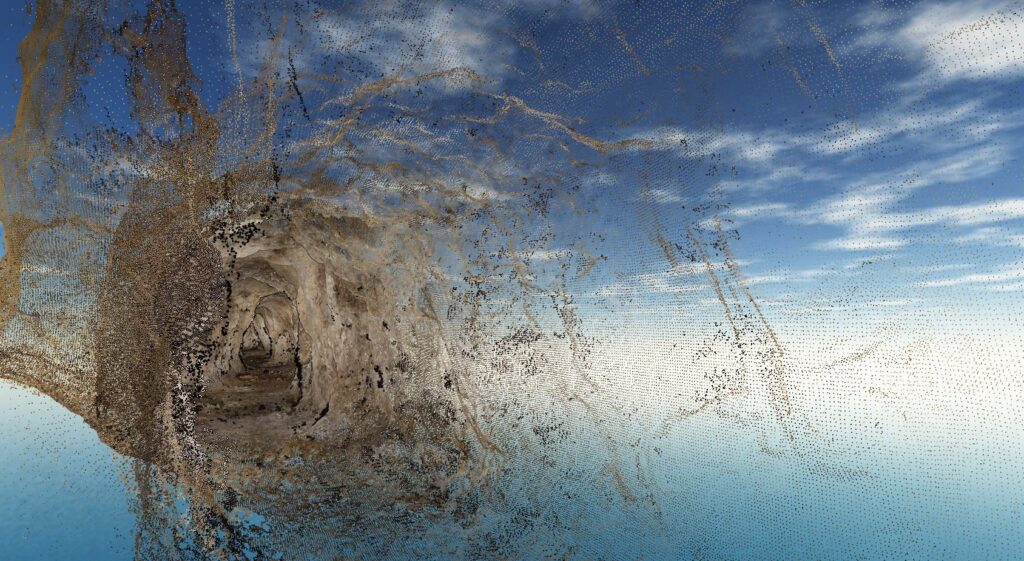
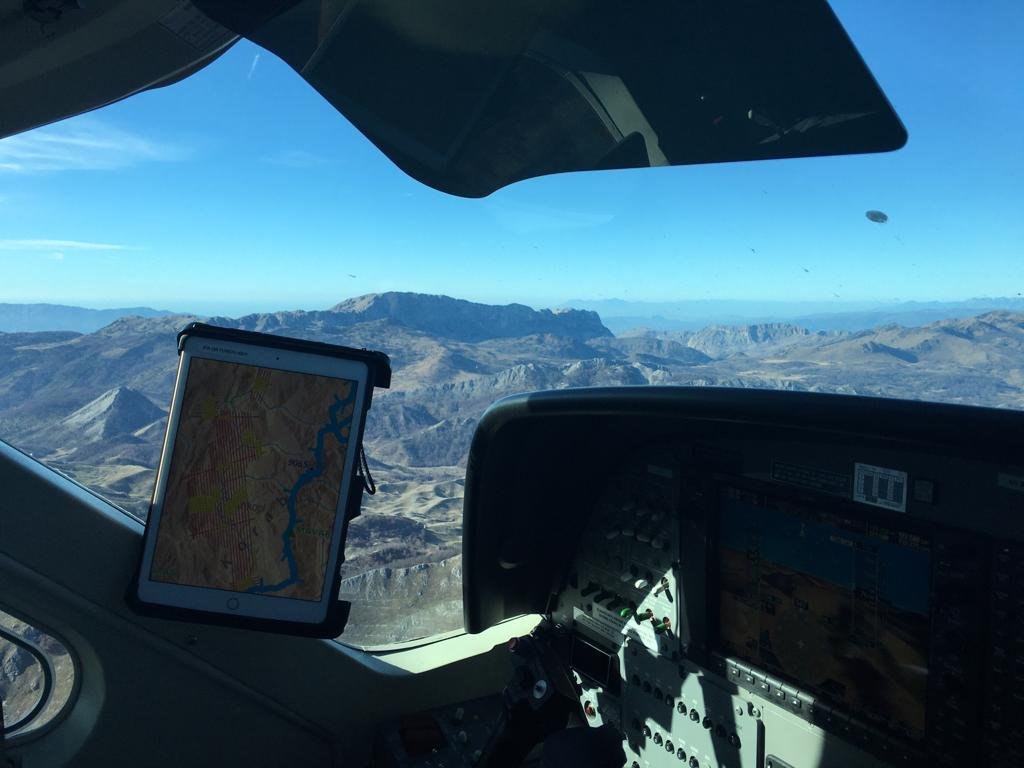
Environmental and Social Impact Assessment (ESIA) Since HEC Skavica is considered a key element for the optimization of the Drin waterfall, several studies have been undertaken in recent years. In June 2020, the Albanian government decided to finance and own the HEC Skavica project through KESH. As part of this first phase, the EIA is being undertaken by Golder, a well-known and experienced international firm supported by local consultancies. Studies have already been carried out on the existing environmental condition for the summer, autumn, winter and spring periods.
The ecological study is ongoing. Preliminary studies on the social situation were carried out during 2022. The EIA study will carefully evaluate: the possible environmental and social impacts of the Project (both negative and positive); the ways in which adverse impacts can be avoided, minimized and/or remedied from the earliest stages of project design; possible impacts on the livelihoods of affected communities, groups in need, social infrastructure, cultural heritage and natural resources; the approach and principles of compensation and displacement through the drafting of the Policy Framework on Displacement; Initial discussions with stakeholders and follow-up studies will be included in the EIA report.
The report will also include the proposed strategy for compensation and resettlement and will then be shared with affected communities for their views and comments. The report is expected to be ready for public opinion and comment during the second quarter of 2023.
For the purposes of drafting the Travel Action Plan, the Project will also undertake the necessary studies to determine:
the affected population
the land area that will be required for the Project
land compensation values
compensation values for assets transfer plan for those cases where it will be necessary to apply
The EIA and resettlement study reports will be accompanied by ongoing field investigations and close interaction with project stakeholders, including affected communities and local and central authorities.
The chart below presents an updated summary of the main timing of the EIA activities.

The draft of the Report on Environmental Issues (or as it is known, Report on Interaction with the Environment) was drafted in the fourth quarter of 2022 and after revision and translation was published on the official website of KESH in early February 2023. This report is also sent to the Ministry of Tourism and the Environment and to the National Agency for the Environment as part of the application process for the preparation of the Environmental and Social Impact Report or, as it is known, the EIA for Deepening, according to the provisions of law . You can find the environmental interaction report here:
Skavica Hydropower Project (ENVIRONMENTAL AND SOCIAL IMPACT ASSESSMENT – INTERACTION WITH THE ENVIRONMENT)
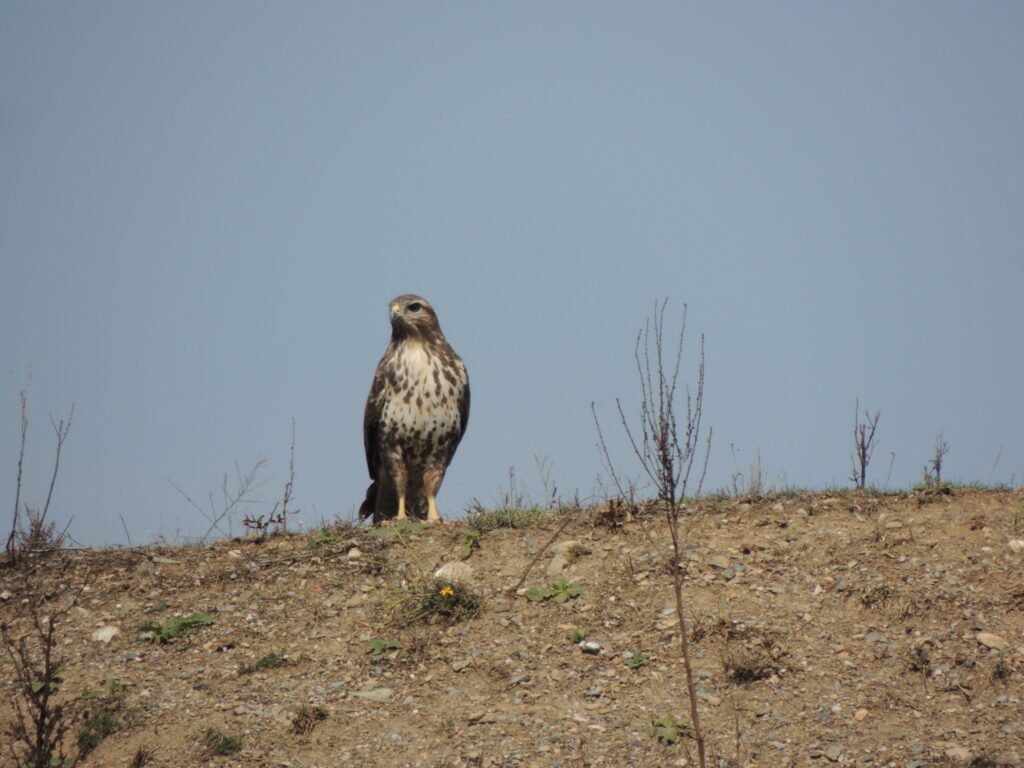

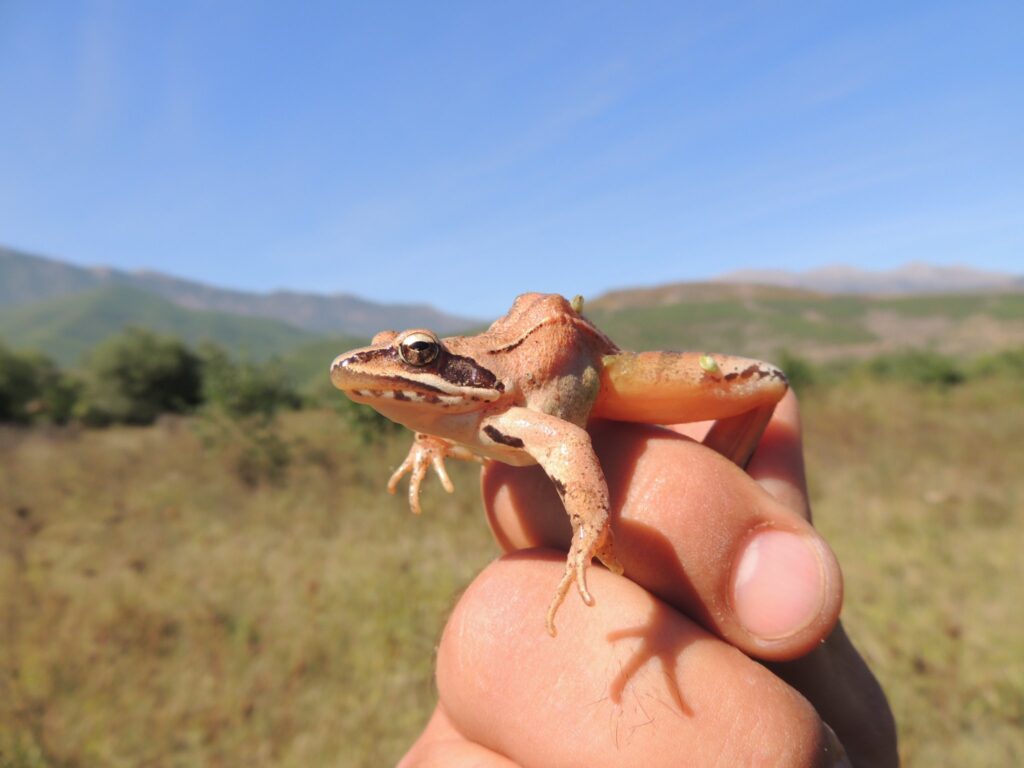
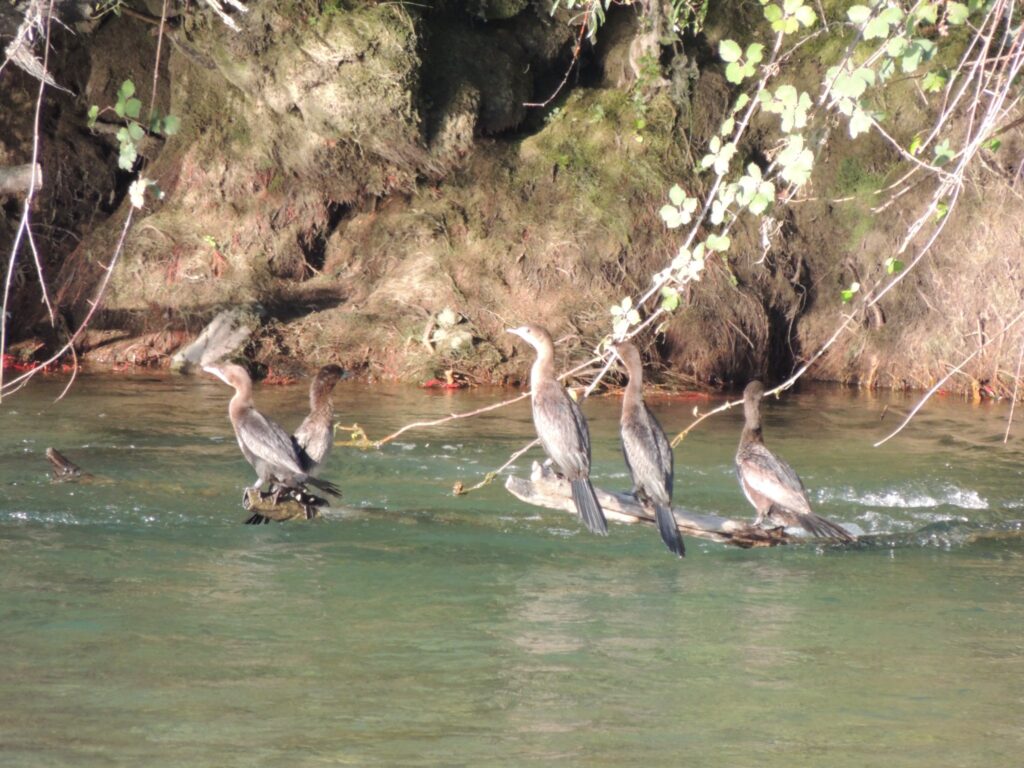
The chart below presents an overview of the Stakeholder Engagement process that will be implemented throughout the duration of the Project.
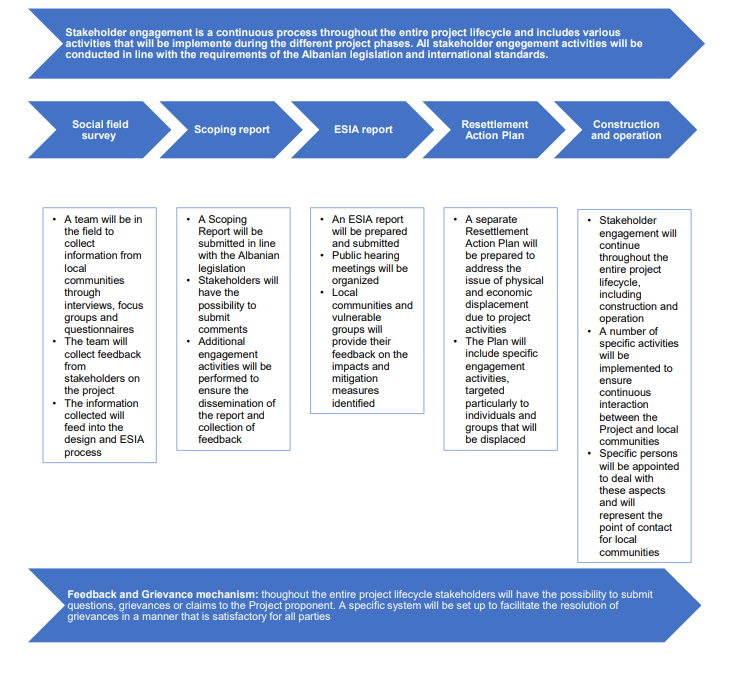
Please contact us for any information at the email address: info@skavicaHPP.com




